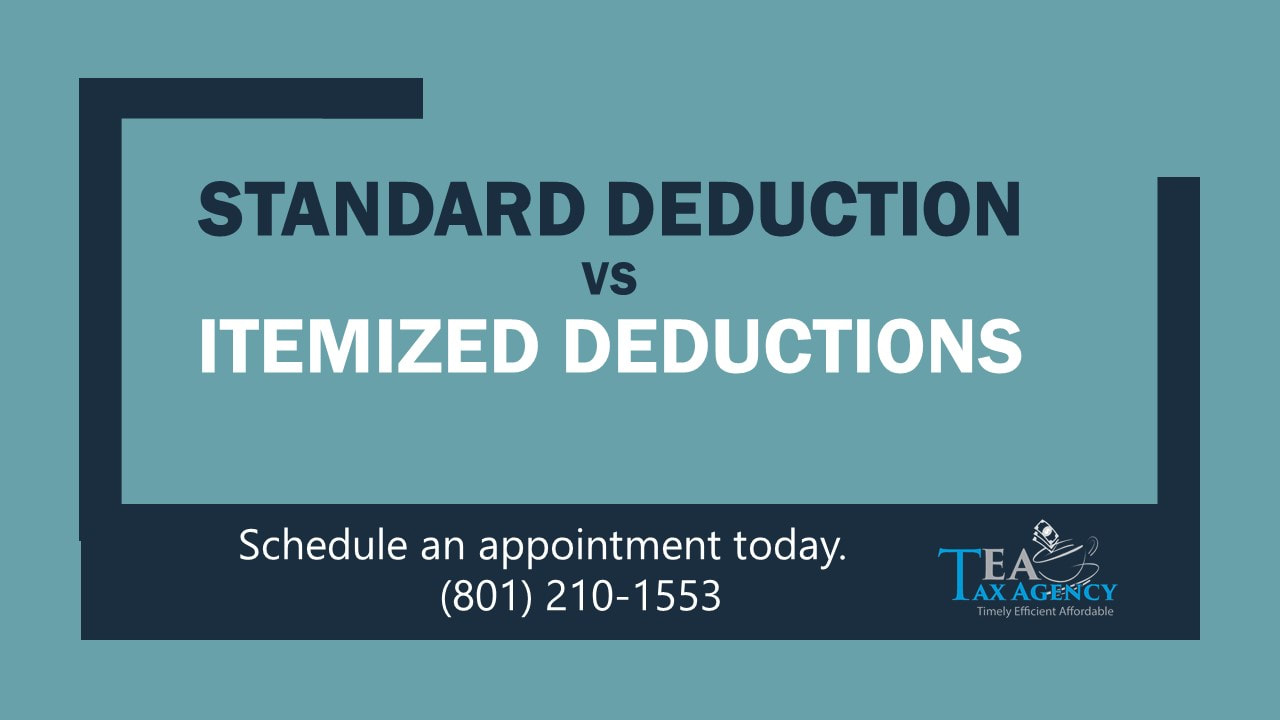|
The IRS has updated the Withholding Calculator on IRS.gov as well as the new version of Form W-4.
Using the calculator can help you avoid tax liability issues when you file next year. Keep in mind that recent tax law changes do not affect 2017 tax returns due this April. Having a completed 2017 tax return will help taxpayers work with the Withholding Calculator to determine their proper withholding for 2018. So, why would you want to use the new calculator? According to the IRS, the average refund is a little over $2,800. If you prefer to have less tax withheld up front and receive more money in your paycheck, this calculator is just what you have been looking for. Some people with simple tax situations may not need to make any changes. A simple tax situation would include singles and married couples with only one job, with no dependents, and who have not claimed itemized deductions, adjustments to income or tax credits. The IRS recommends the following groups check their withholdings:
2 Comments
The lingo of taxes often leaves many confused and frustrated. One of the first decisions most taxpayers face is whether to claim the standard deduction or itemize their deductions. So, what exactly do these two tax terms actually mean?
The standard deduction is a dollar amount determined by law and is used to reduce the amount of income on which you are taxed. To keep things confusing, this deduction varies according to your filing status. There are also additional standard deduction amounts for individuals who are blind or over age 65. Itemized deductions are reported on Schedule A and consist of the total of things like mortgage interest, property tax on your home and charitable contributions. There are several other less common items that can go on the schedule A, like employee business expenses and tax preparation fees. In order for itemizing deductions to be worthwhile, the total of those deductions must exceed the standard deduction amount. It’s important to understand that you can only use one or the other on your tax return. You cannot claim both the standard deduction and itemized deductions on the same return. If you have any questions feel free to contact us at (801) 210-1553.
|
Archives |



 RSS Feed
RSS Feed